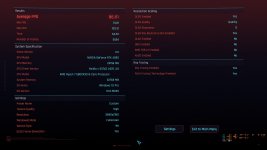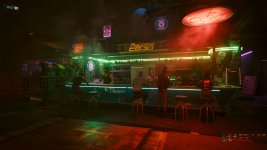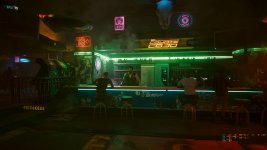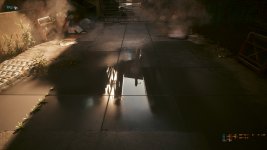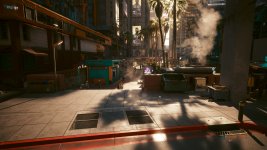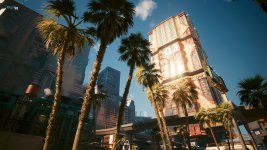Auto does not dynamically change the render target, or quality level while playing the game. Auto selects the quality mode based on the display resolution you are running at, for example, Quality DLSS at 1440p, 1080p, and Performance at 4K. So 1080p and 1440p were at Quality technically, since that's what mode it uses. Therefore all the performance is comparable at the same resolution, the key factor is comparing by resolution when DLSS is on Auto. That is why are graphs are separated like they are, with each card testing its features at the same resolution, per graph. So it is comparable.
Since this was not a GPU vs GPU comparison, this was fine because I'm testing game feature performance, not GPU vs GPU performance. In addition, NVIDIA recommended Auto for testing, to keep everything fair when testing feature sets. We wouldn't have done this if we were cross-comparing video cards.
In addition, Auto is the "default" setting when enabling the Quick Presets, which we used. We like to use default preset options when possible, because it represents what the end-user/gamer will be using, and is a quick way for someone to match up with us and compare results. Auto is the default DLSS setting, so it's a real-world test.
Now, in our GPU reviews that we do, we manually use the Quality setting for every resolution regardless, and we will continue to do so, therefore look to those video card reviews to see what Quality DLSS mode performs like when comparing GPUs. This review wasn't about comparing DLSS quality modes, or GPUs to each other.
Just remember, you CAN use Auto to compare video cards, at the same resolution. You just can't compare them cross-resolutions, if using Auto.
Cyberpunk 2077 is notorious for changing settings or reverting back to enabling FSR or DLSS and settings not sticking. It is a constant pain in the butt me and Rick have to endure it. We just have to triple-check our settings. I've known about it for a long time.

